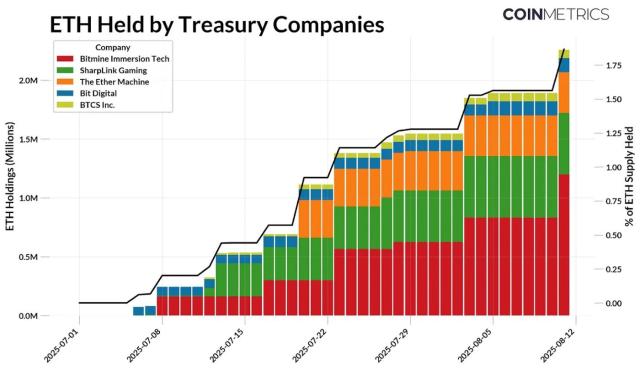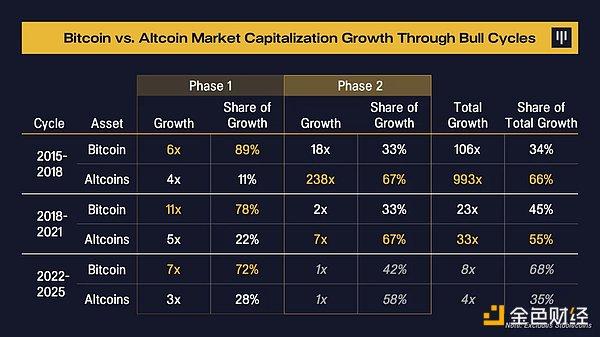Interest Rate Cycle, Spread, and Business Game Behind Stablecoin Competition
Written by: ChandlerZ, Foresight News
Recently, Binance launched a new USDC flexible financial product. The activity runs from August 11 to September 10, with users able to enjoy up to 12% annual yield within the first 100,000 USDC. This figure far exceeds the average interest rate of US dollar stablecoins and quickly sparked discussion in the community.
[The rest of the translation follows the same professional and accurate approach, maintaining the original structure and meaning while translating into English.]In the short term, this action's value lies in expanding the reserve base before interest rate cuts, leaving room for buffer against future revenue decline, while also verifying the conversion efficiency of high-interest strategies on core exchanges and providing evidence for potential replication in other markets. In the long term, Circle still faces several challenges, including profit compression from subsidy dependence, disadvantages in channel revenue sharing negotiations, and the potential for USDT to launch a counterattack. Single reserve interest income carries amplified risks in a downward interest rate cycle, and if stable demand cannot be established in scenarios such as trading, payment, and cross-border settlement, market share growth will be difficult to sustain.
In the coming months, Circle may launch similar short-term subsidies on other key platforms, especially focusing on high-liquidity trading pairs and high-frequency trading markets. However, if such tactics lack accompanying long-term scenario construction, their impact on the stablecoin market landscape will remain limited.
For Circle, this event is more like a market temperature test. Whether it can create larger waves in the stablecoin arena will depend on whether USDC can establish more solid competitiveness globally, beyond subsidies.






